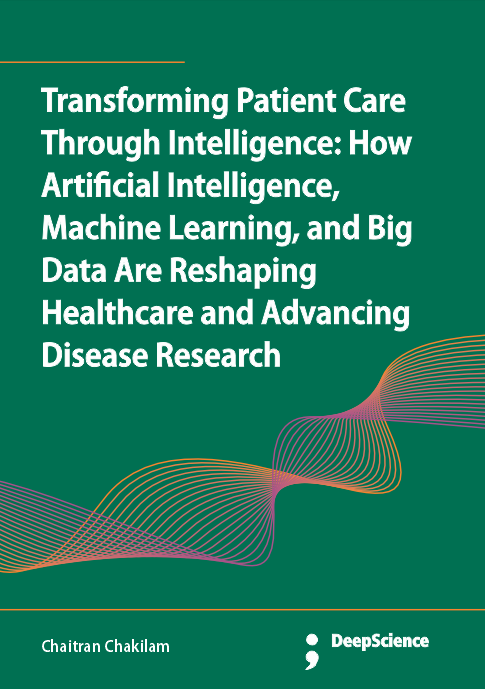Predictive health modeling and risk stratification using longitudinal patient data
Synopsis
Prognostic models from electronic medical records are widely used in medicine to manage and individualize the care of patients. Many of these models are specified to predict the risk of a well-defined event of interest in the future. This work focuses on the use of longitudinal patient data in the electronic health records (EHRs) to model and predict patient-specific health status over time, as well as using this predicted status to define patient risk groups based on future EHR data. The proposed methodology is demonstrated and evaluated on EHR historical data from a population of patients with advanced age simulated in a numerical experiment. The method and data for the experiment are provided, a predetermined list of analysis plans. The possible future developments and extensions of the work are also provided.
Healthcare organizations have been reconstructing digital records of their patients for several decades (Ganguli, 2024; Institute of Medicine, 2024; Toronto General Hospital, 2024). The data may include patient characteristics, diagnoses, prescribed medications and laboratory tests. The data is typically recorded in the form of multivariate time series. The use of patient data for research and personalized medicine offers the possibility of daily monitoring and immediate access to a large amount of data, which allows the usage of sensors to track patient activities. A substantial portion of current machine learning research is devoted to this goal through big data analytics for prognosis with time series, which aims to predict clinically relevant outcomes in the future from these high-frequency data. Statistical modeling with the use of patient data is a further step in understanding patients and treating them as individuals rather than members of the population group. On the basis of such data are built both simple prognostic models, and deep models that allow for treatment advice to be made. However, the complexity and volume of patient data collected in the EHR can make modeling a challenging task.
In the first stage, the Cox regression model uses the patient’s treatment progress features to estimate the risk weights for each patient in the training set, which means the risk of having chronic diseases in future periods. At the second stage, the convolutional neural network (CNN) used this information to determine whether it was classified as a high-risk chronic patient or not. The application of the proposed approach has been implemented for CareSet data from the hospital and obtained performance was evaluated. Moreover, a comparison study with commonly used algorithms demonstrates the effectiveness of proposed methods.













